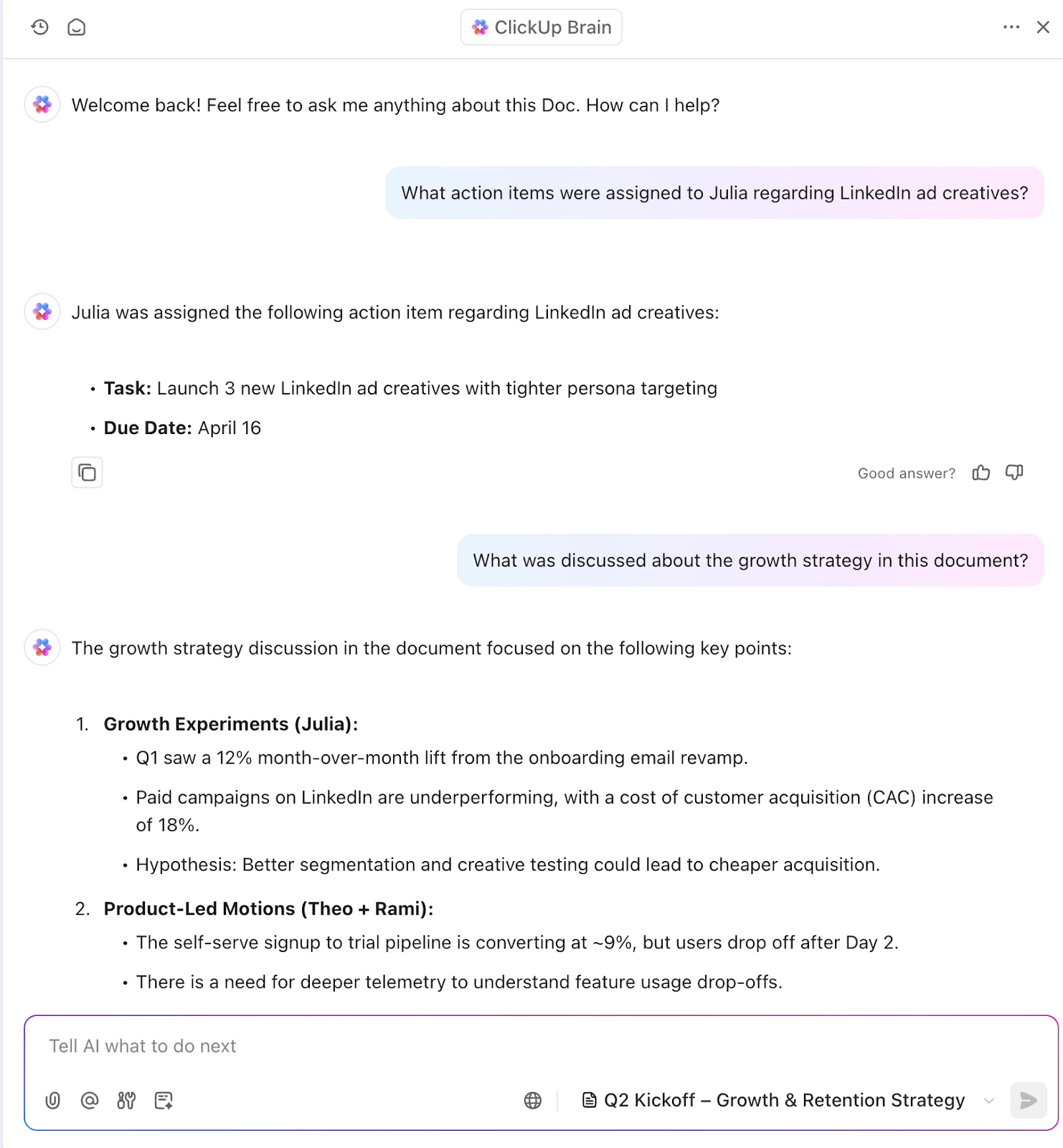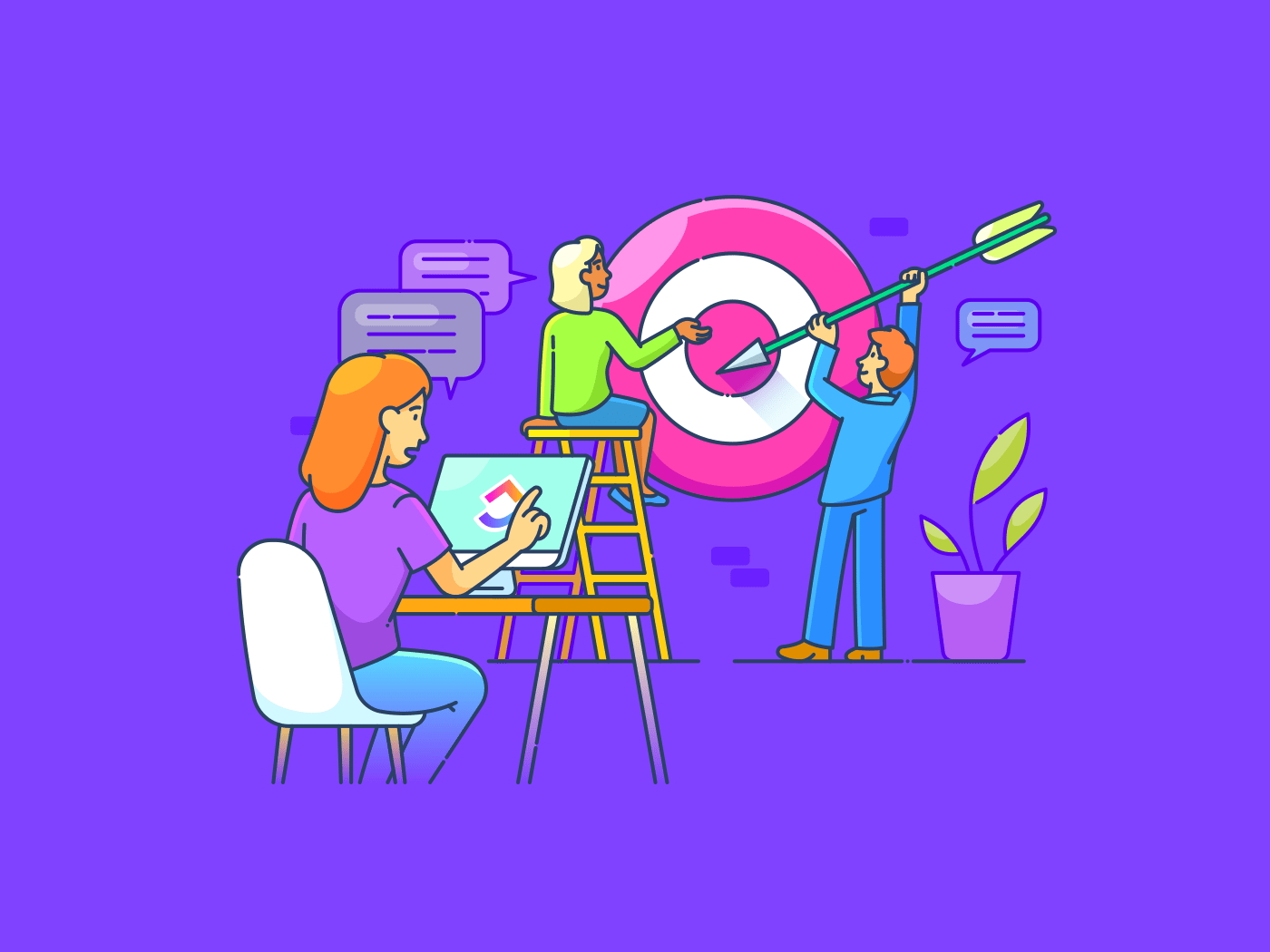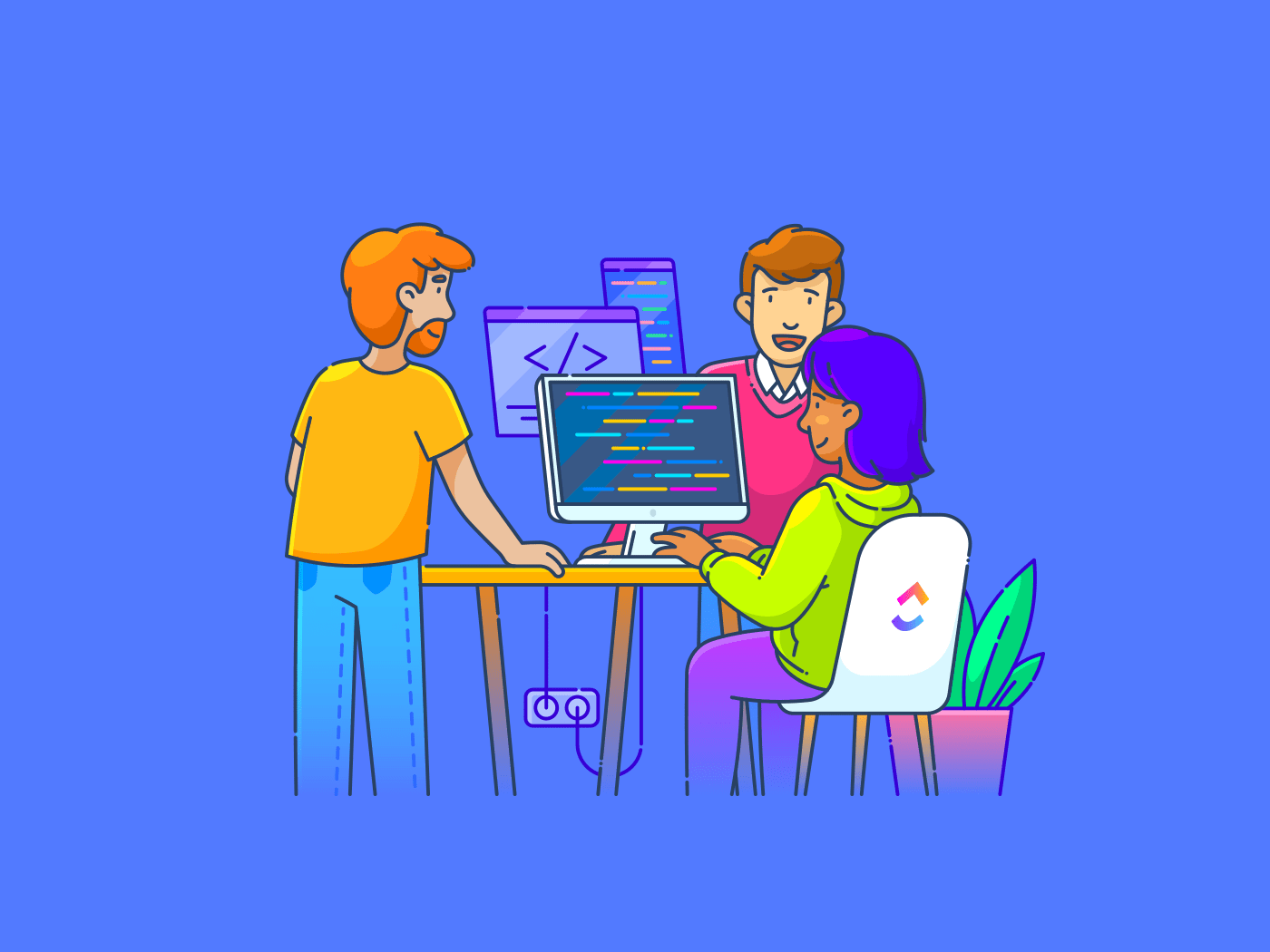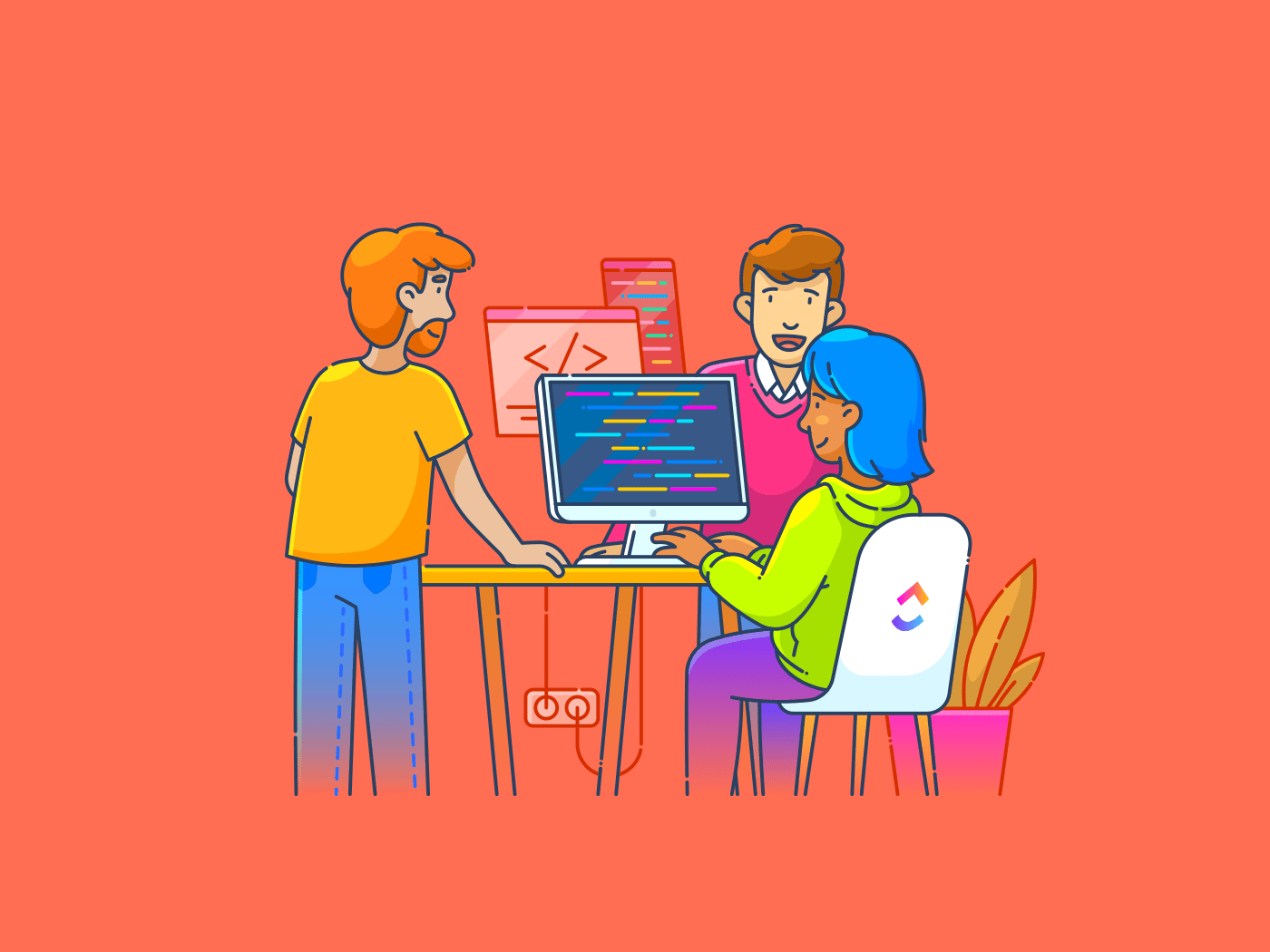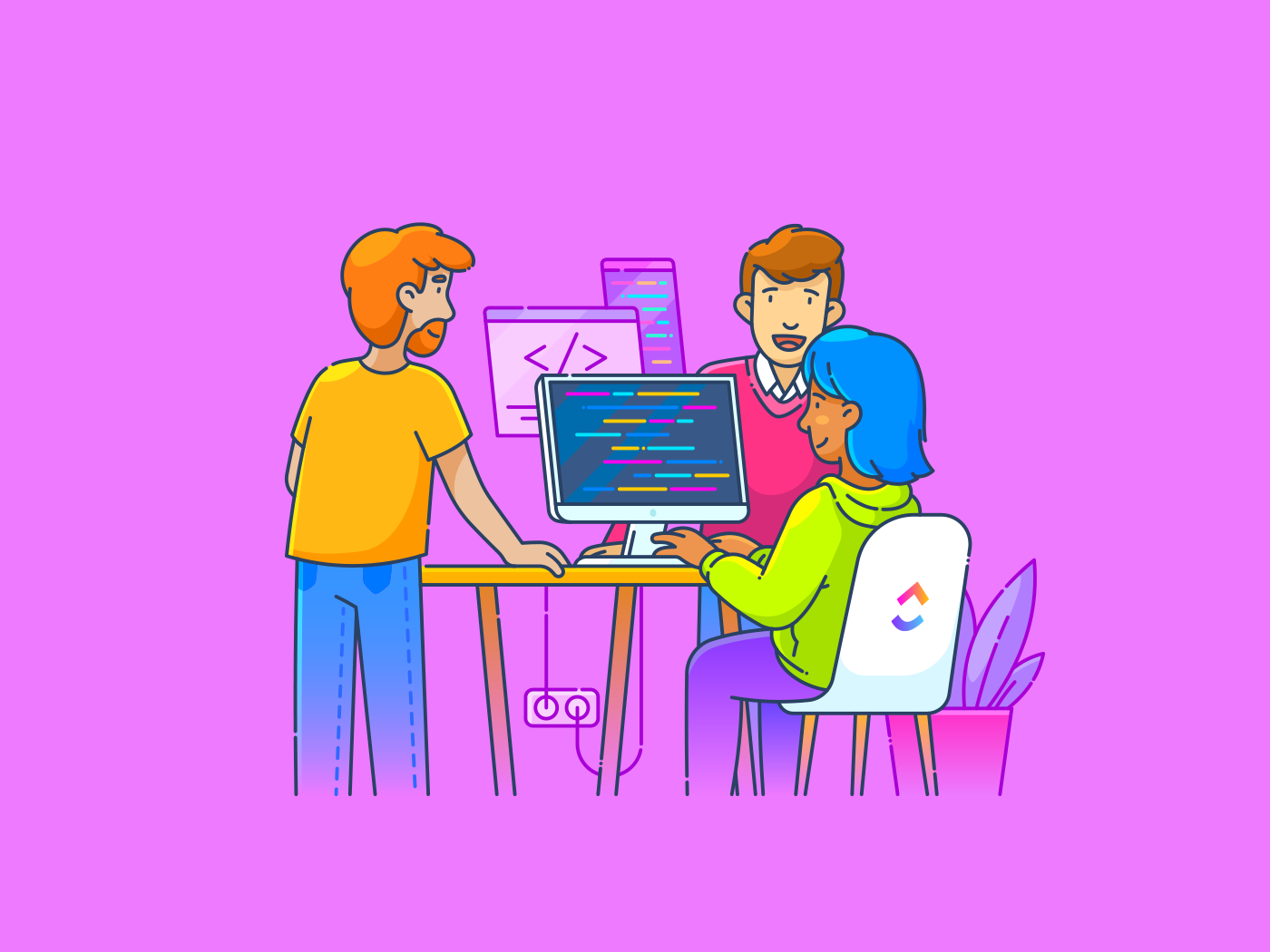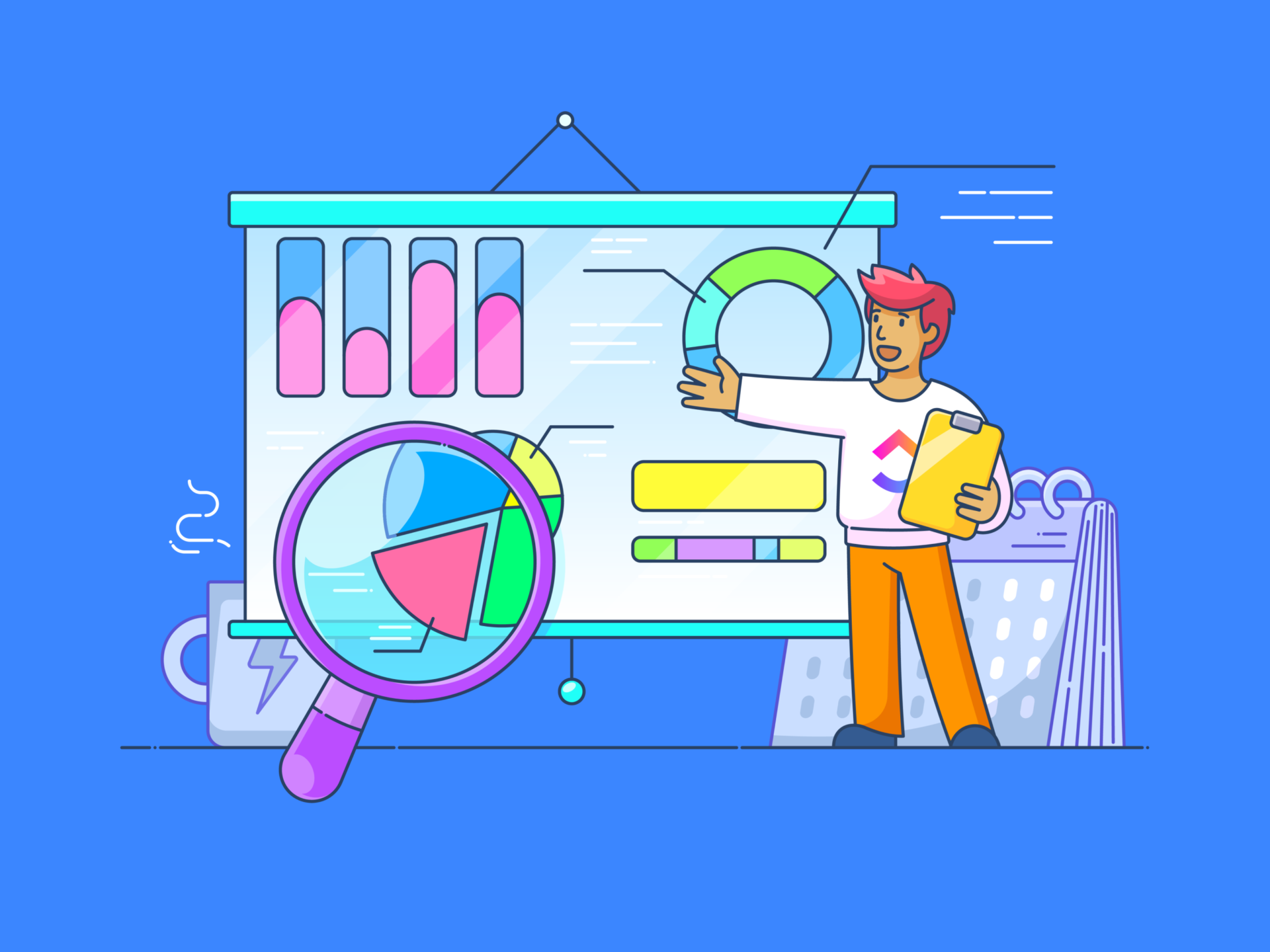#clickup
#clickup
[ follow ]
#productivity #project-management #templates #task-management #productivity-tools #excel #time-management #asana
fromClickUp
1 month agoFree Miro User Flow Templates to Streamline UX Design | ClickUp
A product team once spent weeks debating why their new signup process wasn't working. The forms looked simple, the copy was clear, and the buttons were exactly where they thought users wanted them. But when they mapped out the steps a customer actually took, they saw the problem: users were bouncing midway because the journey was cluttered with extra clicks. 🫤
UX design
fromClickUp
1 month agoIndustry-Specific Playbooks for Strategic Initiative Execution
You spend months building a strategic plan, but when it comes to execution? Your approach feels generic or slow to pivot. Only 43% of executives believe their company is good at evaluating how well it can carry out its strategy. This is the exact gap that kills momentum and leaves you feeling like you're fighting an uphill battle. In this post, you'll discover how leading organizations use industry-specific playbooks to close those gaps.
Business
fromClickUp
1 month agoHow Agencies Can Optimize Approval Workflows | ClickUp
And then...everything screeches to a halt because someone still hasn't approved the headline, or the design feedback is lost in a long email chain. For agencies, this cycle eats into deadlines, team energy, and client confidence. That's why, in this blog, we'll discuss how agencies can optimize approval workflows in a way that reviews become faster, feedback is clearer, and everyone knows what needs to happen next.
Marketing tech
fromClickUp
1 month agoHow to Use the Interleaving Study Method for Better Learning
The truth? Your brain doesn't learn best by going in straight lines. It learns more when it has to switch contexts and jump tracks. That's where the interleaving method comes in. Instead of cramming a single subject until it's dull, you mix topics-like hitting shuffle instead of repeat. It feels harder in the moment, but it's exactly that mental juggling that cements knowledge for the long haul.
Education
fromClickUp
2 months agoGPT Vision Board Tool: Turn Goals Into Visual Plans | ClickUp
If Michael Scott's 'vision board' from 'The Office' taught us anything, it's that scribbling, 'You miss 100% of the shots you don't take - Wayne Gretzky - Michael Scott' on a whiteboard isn't exactly a strategy. It's iconic, sure, but not the kind of plan that keeps your goals moving forward. A GPT vision board tool is the answer. Imagine if, instead of hockey quotes and improv flyers, The Office's protagonist had a board that showed real milestones, next steps, and the bigger picture.
Productivity
fromClickUp
2 months agoConverged AI Workspace: The Future of Productivity With ClickUp
ChatGPT for writing marketing copy, Claude for code, Gumloop for automating workflows: what we have now is a sprawling bouquet of tools that operate in siloes, don't have the full context of your work, and steadily stack up subscription costs. But there's another, bigger problem: The bill doesn't just come in dollars; it comes in hours. ⏰ Hours toggling between chat and your writing tool for the latest feedback; hours making a decision with only half the facts; hours of momentum lost switching between platforms.
Productivity
fromClickUp
2 months agoVoice Recognition vs Speech Recognition: What You Need to Know
You've probably used both technologies this week without realizing it. When Siri transcribes your text message, that's speech recognition. When your banking app verifies it's you speaking, that's voice recognition. The terms are often used interchangeably, but they address completely different problems. And as artificial intelligence gets better at faking human speech, understanding voice recognition vs. speech recognition becomes critical for anyone building secure systems.
Artificial intelligence
fromClickUp
2 months agoFree Notion Resume Templates to Land Your Dream Job
A good resume should tell your story: what you've built, solved, and led. Notion resume templates can help you capture that story in a clean, modern format that feels less rigid than traditional Word docs. But when the job hunt gets serious, you need a system to track roles, applications, and outcomes. That's where ClickUp comes in, giving your career journey structure and momentum.
Careers
fromClickUp
3 months agoClickUp vs. Freedcamp: Which Project Management Tool is Best?
Task management Advanced task management with custom fields, task types, statuses, and dependencies Basic task management with sub-tasks, priority levels, and recurring tasks Automation 100+ pre-built, rule-based automations Lacks advanced automation capabilities AI capabilities AI-powered task summaries, document writing, language translation, and automated insights AI project creation assistant for initial task setup Integrations 1000+ integrations and ClickUp API for custom integration Limited integrations with basic third-party app connections
Productivity
fromClickUp
3 months agoFree Asana Video Production Templates to Streamline Projects
46% of teams struggle most with managing feedback between creative and development teams. On top of that, limited visibility across timelines and the lack of shared best practices often slow down video delivery.
Marketing tech
fromClickUp
3 months agoAI in Accounts Receivable: Benefits, Use Cases & Tools | ClickUp
This is not ideal when trying to close the books, hit targets, or stay afloat. Beyond the financial strain, payment delays increase credit risk, disrupt cash flow, and wear down already-stretched teams. However, implementing AI in your payment process can help speed things up and give you more control and visibility in your financial operations. In this blog post, we'll break down the tangible benefits of using AI in accounts receivable (AR) management and the best tools to modernize your AR processes.
Business
fromClickUp
5 months agoFree Startup Business Plan Templates for Scalable Growth
Every startup begins with an idea, but turning that idea into a sustainable, scalable new business is where nearly 90% of founders hit a wall. This emphasizes the complexity of early-stage business development.
Startup companies
Fundraising
fromClickUp
5 months agoFree Professional Bookkeeping Proposal Templates for Success
Using professional templates is key to winning new bookkeeping clients.
Bookkeeping proposal templates enhance efficiency and client interaction.
ClickUp offers customizable solutions for managing bookkeeping tasks.
fromClickUp
6 months agoHow to Create a Waterfall Chart in Excel: 4 Simple Steps | ClickUp
Despite what the name might suggest, waterfall charts are not exclusive to adherents of the Waterfall project management method. These versatile visualization tools are a lifeline for any project manager looking to keep a keen eye on those pesky profit and loss factors.
Bootstrapping
Marketing tech
fromClickUp
6 months agoHow to Maximize Brand Loyalty with Customer Advocacy | ClickUp
Customer advocacy transforms satisfied clients into passionate promoters, driving organic growth for brands.
Effective customer advocacy strategies can be integrated into the customer journey using specific tools.
Remote teams
fromClickUp
7 months agoWhere to Find Your Google Meet Recordings? | ClickUp
Google Meet recordings are stored in the organizer's Google Drive in 'Meet Recordings' folder.
Google Meet has limitations, including storage constraints and editing options.
ClickUp offers valuable alternatives for recording and managing meetings.
Artificial intelligence
fromClickUp
7 months agoMidjourney vs. Stable Diffusion: Which AI Art Generator Is Better?
AI art generators like Midjourney and Stable Diffusion are key to transforming ideas into visuals.
Choosing the right AI image generator depends on specific creative and organizational needs.
[ Load more ]

